

Claire Dean
Travel in South America is a joy to behold. The rich variety of destinations, experiences, landscapes and geography fascinated me so much, that I chose to relocate here, over 20 years ago! The best thing I ever did! Allow me to share my knowledge and passion for Central and South America with you and help you plan your holiday of a lifetime!

10 Cusco “MUST-DO'S” that DON'T include Machu Picchu
Written by:Claire Dean
Last Update: 2025-01-04
The main South American attraction for most people is of course, Machu Picchu; this is a bucket-list destination for most travellers and is usually the highlight of anyone’s trip to Peru, of course! But what happens if you are looking to avoid the “gringo” trail? If you are looking for a more remote experience? If the last thing you want to see is other tourists? Here are some of the top things to do in Cusco for those who are looking for a more far-flung option around the Cusco area...
1. Ausangate
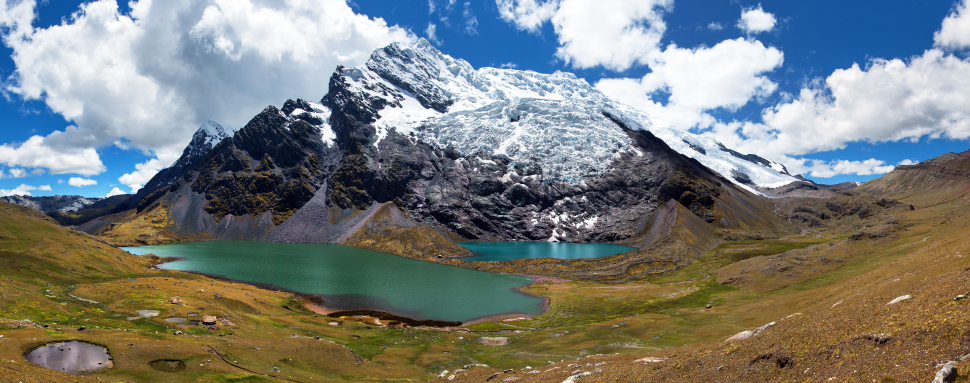
A view from the Ausangate
The Ausangate region is in a totally different direction from Machu Picchu and you can do a 5 day trek around the base of the Ausangate mountain, the highest peak in the Cusco region. If mountains, glaciers, turquoise lagoons and the starriest of skies sound like you “thing,” then this incredibly picturesque, dramatic, sacred mountain trek, may just well be one of the best treks you can do! Adequate acclimatization is a must of course, but the trek is not that technically difficult, just be prepared for the sub-zero temperatures! If you want to challenge yourself, you can hike the trek to the Ausangate with us!
2. Choquequirao
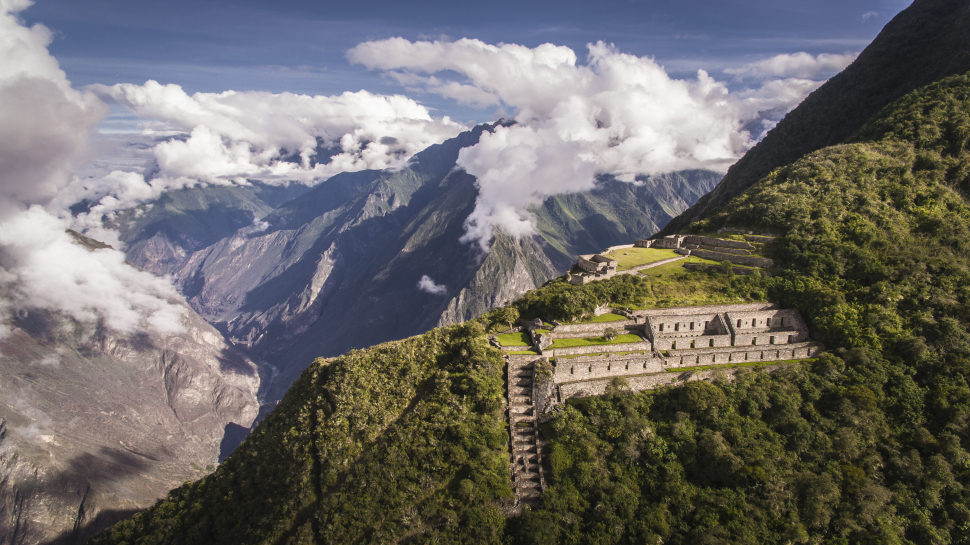
Panoramic view of Choquequirao
Choquequirao is considered “Machu Picchu 2” due to its similar architectural design and you can only reach these ruins by foot, at least for now! There is a proposed cable car to be built to the site, which would dramatically increase the number of visitors, so NOW is the time to visit. The Choquequirao trek is at a lot lower elevation than the Ausangate, trekking through the high jungle region; however, there are a lot more steeper ascents and descents, so a decent level of fitness is recommended. Archaeologists are still uncovering a lot of the site, which is now estimated at being 70% excavated and a phenomenal sight to behold!
3. Tipon
Tipon is one of the lesser-visited sites on the “Boleto Turistico” tourist ticket that allows entrance into a number of historical and archaeological places to visit in Cusco. This impressive Inca system of irrigation and agriculture is representative of the symbiotic relationship between “man” and his natural surroundings and is found in the Southern valley of Cusco. The immaculate system of waterfalls and canals built into the natural geography of the area is thought to have been built in honour of the Inca Yawar Waqaq, the 7th Inca of Cusco.
4. Maras and Moray
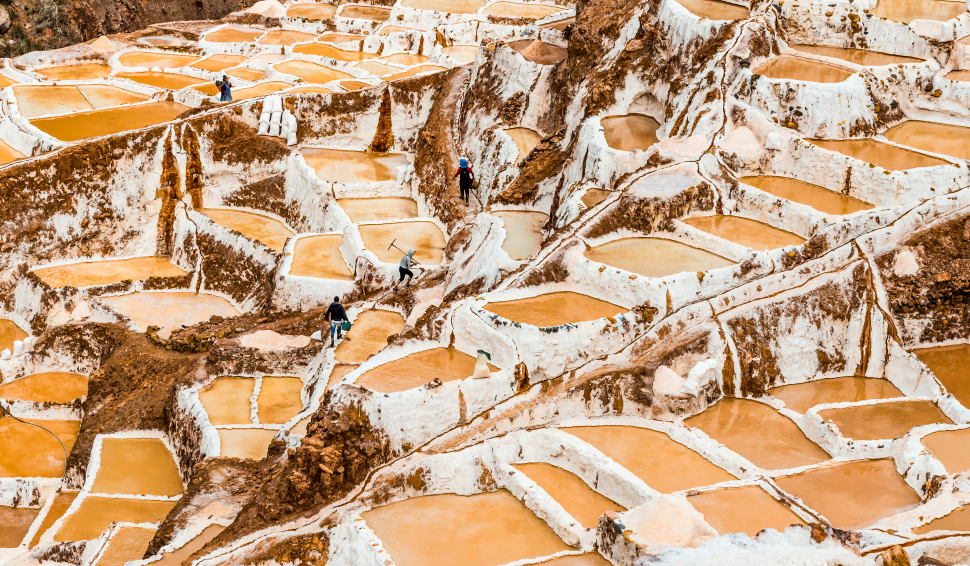
Workers at Maras Salt mines
The villages of Maras and Moray is another must-do in Peru. They can be found close to the town of Urubamba in the Sacred Valley of the Incas. Maras is home to the famous salt pans and the natural mineral salt is still extracted to this day using the traditional ancient methods. Moray is a series of circular experimental crop growing terraces plunging deep into the ground and using the natural microclimates of the area. They look remarkably similar to the ancient Roman amphitheatres and their setting within the rolling hills of the Sacred Valley, make this a beautiful combination of nature and Inca architecture. You can enjoy both destinations in the Maras Moray tour!
5. Lares trek and hot springs
The Lares valley is the next valley along from the Cusco valley. This remote, high altitude area is the home to the native weaving communities and the Quechua people to this day! These native communities still use traditional dress and each community has its own signature design for the typical clothing they use. You can hike along many different trekking routes through the valley and the main highlight of these treks is to have a soak in the wonderfully hot, natural springs in the small town of Lares.
6. Pallcoyo
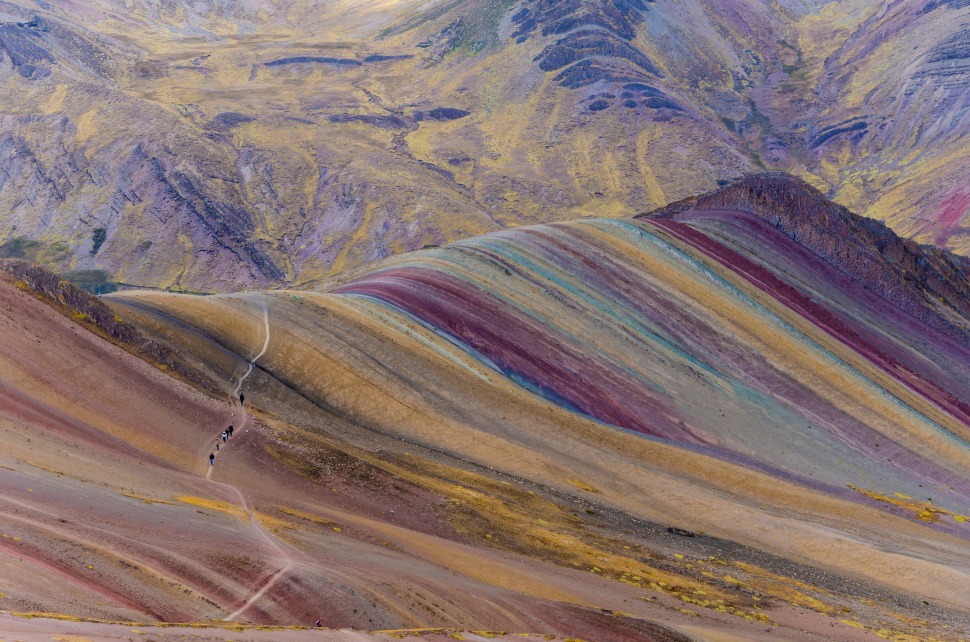
A group of trekkers in Pallcoyo
Pallcoyo is found in the Ausangate region, in the Red Valley. You can make a day trip from Cusco to this alternative rainbow mountain and there are a number of rainbow mountains to be found in the area. The main reasons why this is a better option than the Vinicunca rainbow mountain is that there are fewer visitors and there is a lot less hiking involved than the Vinicunca rainbow mountain. Still, whichever you choose, you can guarantee some incredible photos of these stunning mountains!
7. Sacsaywaman
Sacsaywaman is the Inca fortress that protected the Inca capital of Cusco and is one of the best examples of the incredible Inca architecture, still visible to this day. The immense stones used to build this site were brought from miles away, which only adds to the mystery of this archaeological site, close to Cusco. This site is where the famous festival of the Sun or “Inti Raymi” takes place each June and you can include this site on a City tour of Cusco. If you are interested in visiting this incredible site, you can join us on our Cusco city tour.
8. Waqra Pukara
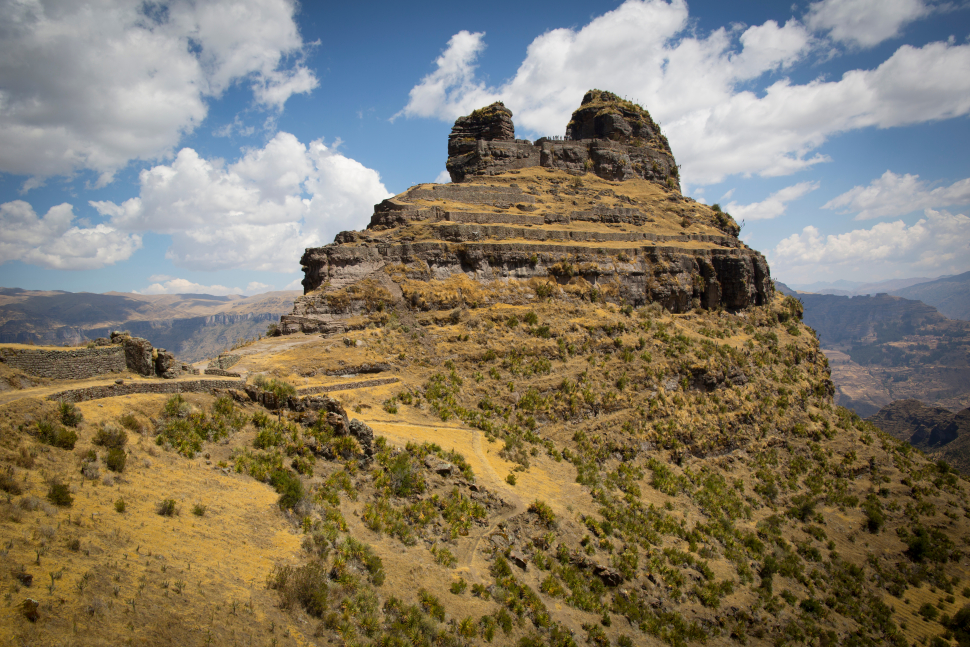
WakraPukara on a sunny day
Wakra Pukara is a pre-Inca archaeological site south of Cusco, consisting of both pre-Inca and Inca archaeological traits. It looks likely that the Incas invaded this ancient city of the Canchis as part of their domination of the South American Andean region as it was a strategic, geographical location protecting the gateway into Cusco. This stunning site, once more, is a mixture of incredible natural scenery and beautiful rock formations and the original purpose of Waqra Pukara remains a mystery to this day. This off the beaten path day trek is not for vertigo suffers, but the surrounding scenery is a remote, breathtaking experience and worth every second you spend there.
9.Queswachaka bridge
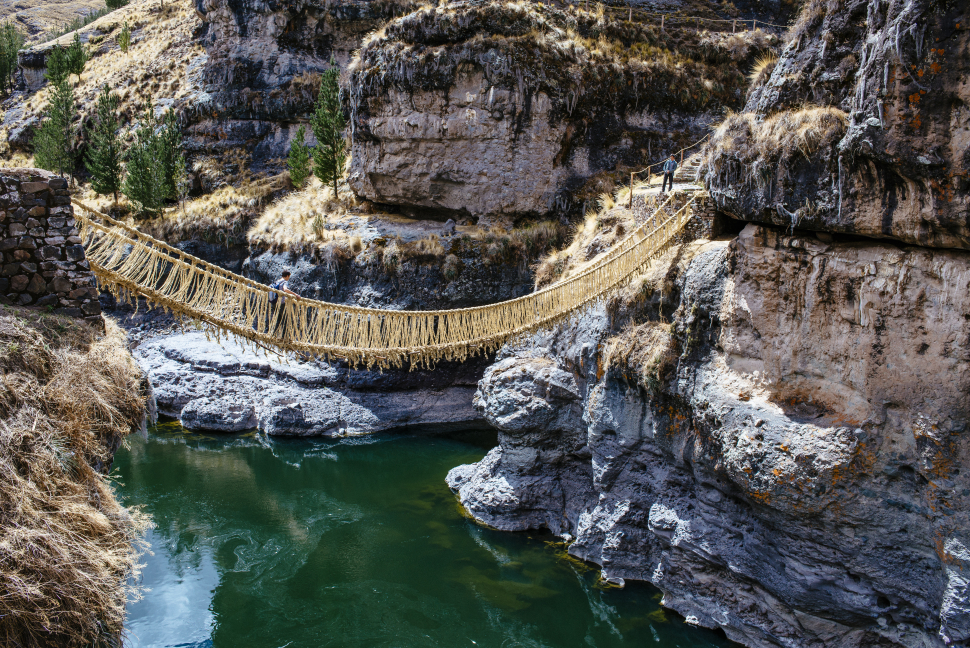
Crossing the Queswachaka bridge
The Queswachaka bridge is one of the few remaining handwoven Inca bridges in existence to this day. The bridge spans the Apurimac river and is made from woven grass from the area. These handwoven bridges formed a major part of the Inca road building system and they have to be rebuilt every year to maintain a decent level of preservation. There is a yearly ceremony and bridge rebuilding in June every year however, you can visit this incredible feat of Inca architecture at any time of the year.
10. Vilcabamba/Vitcos
This archaeological site also known as “the lost city of the Incas”, was built in approximatley 1539 AD and was the last refuge of the Incas when the Spanish arrived to Peru. There is evidence to suggest that the pre Inca civilsation of the “wari” had started to build this site many years previously and the The Incas finished the construction. This is a a technically difficult trek as there are some mountain passes to climb before you can drop down into the jungle region, which is where Vilcabamba can be found. However, the views are some of the most incredible to be seen in the region and definitely worth a visit if you are looking for and Andean adventure.





